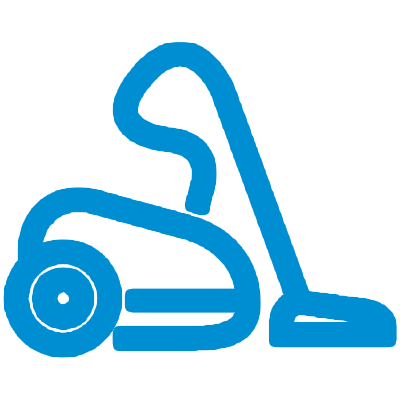
Bootstrapping Your SaaS Business: A Journey to Independence
Starting a software as a service (SaaS) business can be a thrilling adventure, especially when bootstrapping—meaning you’re charting your own course without investors at your side. While the allure of having complete control over your product is enticing, it does come with unique challenges that demand careful planning and execution. With limited resources and the steep competition in the market, it's essential to adopt savvy strategies that keep your spending in check while maximizing potential growth.
1. Find Your Demand Before You Build
One of the fundamental steps to bootstrapping your SaaS business is understanding the demand for your product before spending precious resources on development. Many entrepreneurs might dive in headfirst, driven by excitement, only to realize post-launch that the market wasn’t ready for what they've created. A practical approach includes gathering feedback from potential customers through surveys or using tools like Growth List, where you can receive monthly leads for prospects seeking new software solutions. This helps ensure you're building something people actually want, setting you up for a successful launch.
2. Leveraging Affordable Development Tools
Your budget for resources will likely be stretched thin, so it’s crucial to utilize cost-effective tools that maintain quality. Explore open-source coding platforms that will allow you to develop a minimum viable product (MVP) without hefty fees. The good news is that there are numerous no-code options available for building apps, alongside free AI tools for your content marketing needs and inexpensive backend solutions to power your SaaS product as it scales. Remember, it’s all about working smart with what you have!
3. The Role of Agile Practices in Low-Cost Bootstrapping
Adopting agile methodologies can significantly enhance your ability to pivot and optimize your product efficiently. Agile practices encourage iterative development, allowing you to focus on delivering core features first, gathering feedback, and refining your product over time to meet customer needs effectively. This adaptability can save both time and budget, making it an advantageous approach for a bootstrapped SaaS endeavor.
4. Engage with Your Community for Feedback and Support
Your immediate community can be an invaluable resource during the bootstrapping phase. This could mean joining local entrepreneur groups, seeking advice from fellow business owners, or engaging with early users who can provide constructive feedback. Not only will this help you enhance your product but it also fosters relationships that could lead to future opportunities.
Conclusion: Charting Your Path with Confidence
Embarking on the exciting journey of bootstrapping a SaaS business is all about leveraging your resources wisely and making informed decisions. By staying connected to your market, utilizing affordable development tools, embracing agile practices, and engaging with your community, you can build a thriving software platform without breaking the bank.
Want Help With Strategy? Let's connect on how to best navigate your bootstrapping journey!
 Add Row
Add Row  Add
Add 




Write A Comment